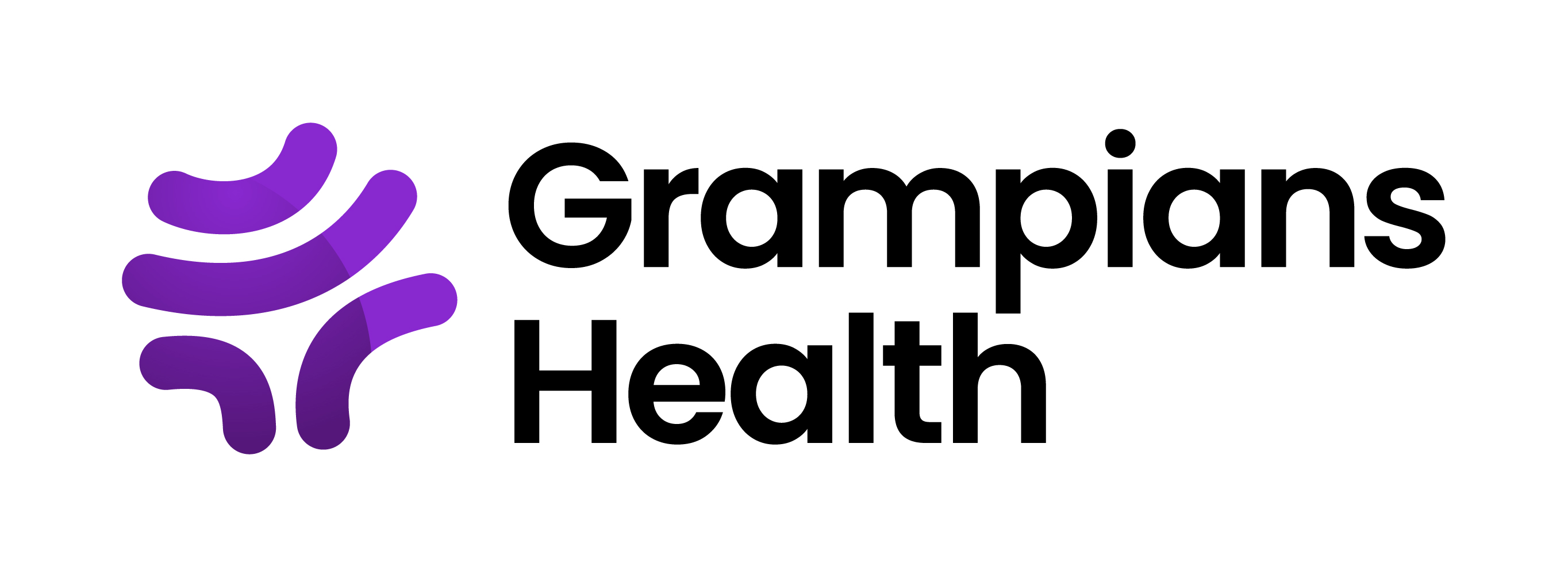Please use this identifier to cite or link to this item:
http://hdl.handle.net/11054/1548Full metadata record
| DC Field | Value | Language |
|---|---|---|
| dc.contributor | Segan, Louise | en_US |
| dc.contributor | Brennan, Angela | en_US |
| dc.contributor | Reid, Christopher | en_US |
| dc.contributor | Hiew, Chin | en_US |
| dc.contributor | Oqueli, Ernesto | en_US |
| dc.contributor | Ajani, Andrew | en_US |
| dc.contributor | Clark, David | en_US |
| dc.contributor | Duffy, Stephen | en_US |
| dc.contributor | Yip, Thomas | en_US |
| dc.date.accessioned | 2020-08-04T23:53:47Z | - |
| dc.date.available | 2020-08-04T23:53:47Z | - |
| dc.date.issued | 2020 | - |
| dc.identifier.govdoc | 01506 | en_US |
| dc.identifier.uri | http://hdl.handle.net/11054/1548 | - |
| dc.description.abstract | Background There is a long‐held belief in the association between the full moon and extremes of human behaviour and adverse health consequences. Small‐scale studies are conflicting; however, most suggest no clear association between lunar phase and occurrence of acute coronary syndromes. Aims To evaluate the impact of the lunar phase, and in particular, the full moon phase, on the incidence and outcomes among ST‐elevation myocardial infarction (STEMI) cases undergoing percutaneous coronary intervention (PCI). Methods We conducted a multi‐centre retrospective study from the Melbourne Interventional Group registry, including 7570 STEMI cases from six tertiary centres over a 12‐year study period in Victoria, Australia, and performed statistical analysis using Stata software. Primary outcomes studied were the incidence of STEMI, the occurrence of major adverse cardiac and cerebrovascular events and mortality at 1 and 5 years in cases of STEMI undergoing primary or rescue percutaneous coronary intervention during the full moon between 2005 and 2017 in Victoria, Australia. Results This study demonstrated neither significant difference in STEMI incidence (P = 0.61) nor of major adverse cardiovascular events across all lunar phases. Subgroup analysis confirmed no difference in outcomes during the full moon compared to a composite of other lunar phases.Kaplan–Meier survival estimates showed similar 30‐day outcomes across lunar phases (P = 0.35) and when comparing full moon to a composite of other lunar phases (P = 0.45). Similarly, there was no significant difference in survival at 1 and 5 years between lunar phases (P = 0.68) or compared to the full moon phase (P = 0.51). Conclusions This study showed no significant difference in the incidence or cardiovascular outcomes and survival in patients with STEMI undergoing primary or rescue percutaneous coronary intervention during the lunar phases. | en_US |
| dc.description.provenance | Submitted by Gemma Siemensma (gemmas@bhs.org.au) on 2020-07-31T01:39:35Z No. of bitstreams: 0 | en |
| dc.description.provenance | Approved for entry into archive by Gemma Siemensma (gemmas@bhs.org.au) on 2020-08-04T23:53:47Z (GMT) No. of bitstreams: 0 | en |
| dc.description.provenance | Made available in DSpace on 2020-08-04T23:53:47Z (GMT). No. of bitstreams: 0 Previous issue date: 2020 | en |
| dc.title | Impact of lunar phase on outcomes following ST‐elevation myocardial infarction. | en_US |
| dc.type | Journal Article | en_US |
| dc.type.specified | Article | en_US |
| dc.contributor.corpauthor | Melbourne Interventional Group Investigators | en_US |
| dc.bibliographicCitation.title | Internal Medicine Journal | en_US |
| dc.bibliographicCitation.volume | 50 | en_US |
| dc.bibliographicCitation.issue | 3 | en_US |
| dc.bibliographicCitation.stpage | 322 | en_US |
| dc.bibliographicCitation.endpage | 329 | en_US |
| dc.subject.healththesaurus | FULL MOON | en_US |
| dc.subject.healththesaurus | LUNAR PHASE | en_US |
| dc.subject.healththesaurus | ST-ELEVATION MYOCARDIAL INFARCTION | en_US |
| dc.subject.healththesaurus | MAJOR ADVERSE CARDIOVASCULAR EVENT | en_US |
| dc.subject.healththesaurus | MAJOR ADVERSE CARDIOVASCULAR AND CEREBROVASCULAR EVENT | en_US |
| dc.subject.healththesaurus | CARDIOVASCULAR OUTCOME | en_US |
| dc.identifier.doi | https://doi.org/10.1111/imj.14413 | en_US |
| Appears in Collections: | Research Output | |
Files in This Item:
There are no files associated with this item.
Items in DSpace are protected by copyright, with all rights reserved, unless otherwise indicated.
